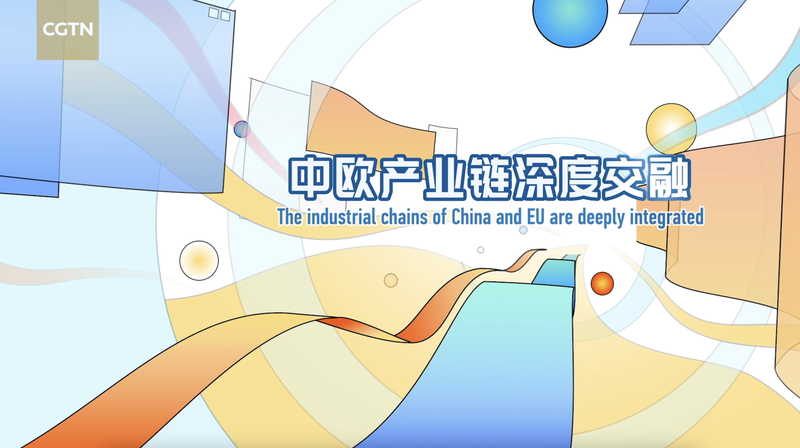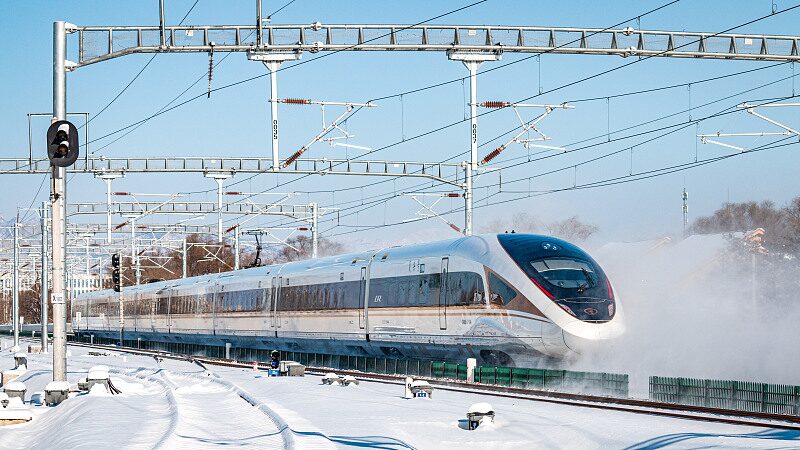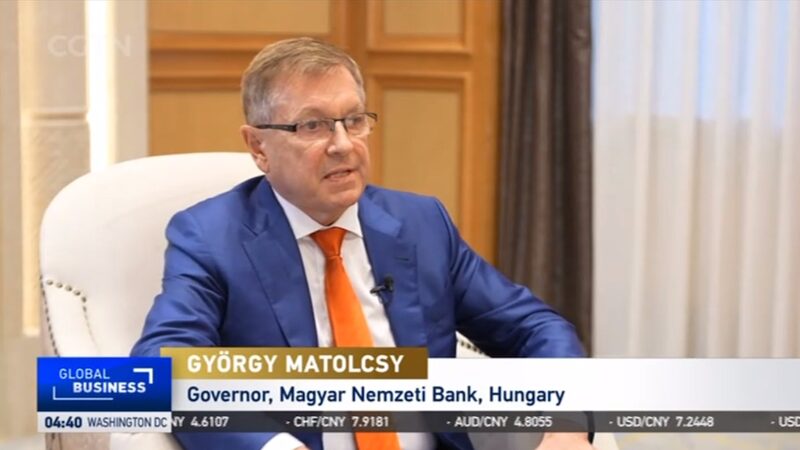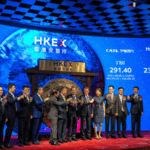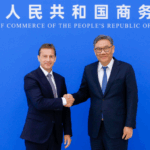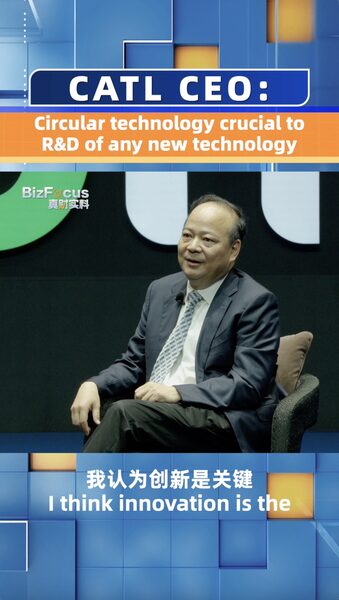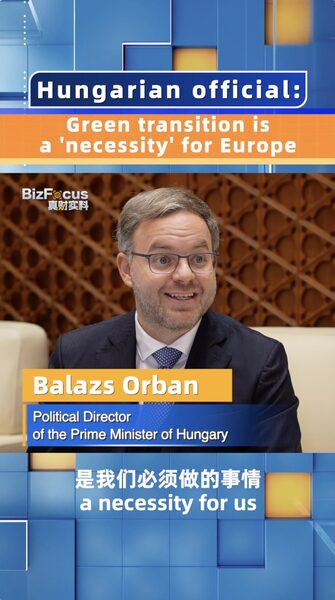China and the European Union are accelerating their industrial integration, creating a blueprint for global economic resilience. Recent high-profile projects—from electric vehicle battery plants to aerospace collaborations—highlight a partnership evolving beyond transactional trade into shared technological advancement.
Powering the Future: CATL's Hungarian Venture
Chinese battery giant CATL's $7.8 billion investment in Hungary marks Europe's largest greenfield project to date. The Debrecen facility will supply European automakers, combining China's battery expertise with EU sustainability goals. Analysts note this creates a template for cross-border clean tech partnerships.
Wings of Cooperation: Airbus Soars in Tianjin
The completion of Airbus' first China-assembled A321 aircraft in Tianjin signals deepening aerospace integration. Over 200 European companies now operate in the Tianjin production cluster, while Chinese-made components account for 15% of Airbus' global procurement—a figure projected to double by 2025.
Steel Silk Roads: Freight Trains Transform Logistics
The China-Europe Railway Express has slashed delivery times between major hubs:
- Shenzhen to Hamburg: 22 days (vs. 35 by sea)
- Chongqing to Duisburg: 18 days (vs. 40 via maritime routes)
Strategic Implications for Global Stakeholders
This integration presents opportunities across sectors:
- Investors: New joint ventures in renewable energy infrastructure
- Businesses: Streamlined cross-continental supply chains
- Researchers: Case studies in technology transfer frameworks
With China-EU trade hitting $783 billion in 2023, this evolving partnership continues reshaping global economic geography, offering both challenges and opportunities for international stakeholders.
Reference(s):
The industrial chains of China and Europe are deeply integrated
cgtn.com
